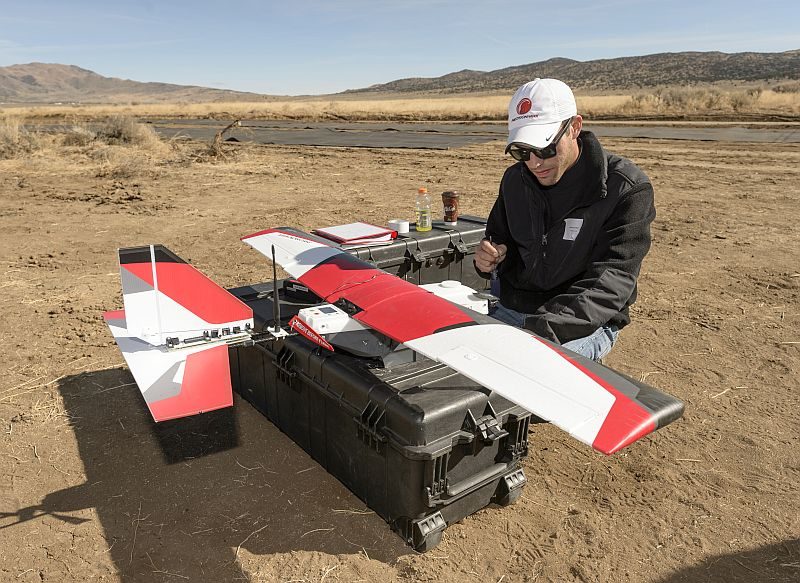OXIS energy and NASA collaborate on future lithium battery technology

OXIS Energy (Oxford, England), a developer of lightweight and safe Lithium-Sulfur (Li-S) batteries, has joined NASA's unmanned aircraft systems (UAS) program to create next- generation energy storage systems that are much lighter and safer than today's Lithium-Ion cells.
OXIS Energy is collaborating with NASA scientists at the agency's Ames Research Center (Pasadena, Calif.) to develop high specific energy Lithium-Sulfur energy storage cells that are substantially lighter and safer than other Lithium-based chemistries.
OXIS energy began developing its technology in 2004 and today holds more than 100 patents with another 103 pending. The company's use of sulfur in construction of the cathode along with a Lithium metal based anode is the basis for an inherently safer and lightweight energy storage device. To establish and validate its claims, OXIS Energy has demonstrated its batteries can be safely used in extreme conditions (high temperature and extreme pressure) while also surviving industry-standard tests that puncture or otherwise force a battery to short circuit, a condition that typically causes a conventional Lithium-Ion battery to catch fire or even explode.
Both OXIS Energy and NASA will draw on their expertise for applications where weight is crucial including drones, balloons, advanced sensor networks, high altitude aircraft and defence for both terrestrial and planetary missions. Both organizations expect to benefit from this association "“ it will help NASA to improve its understanding of the capabilities of Lithium Sulfur technology and OXIS to develop pouch cells meeting NASA's long-term battery requirements.
Lightweight batteries that can operate safely and be recharged hundreds or thousands of times while retaining high levels of energy storage capacity and a nearly 100 percent discharge ability are key to reducing payload weights for NASA and other space agencies. This same technology can be applied to terrestrial applications including electric vehicles (EVs), smartphones, civilian drones, and Internet of Things (IoT) sensor networks that typically need low power levels that must be maintained for very long periods with little to no recharging opportunities.
The OXIS Energy/NASA collaboration is one aspect of the US space agency's ongoing programs to support the development of research, defence, and related unmanned aerial systems (UAS) as well as unmanned traffic management (UTM) for a wide variety of commercial and governmental applications.

































